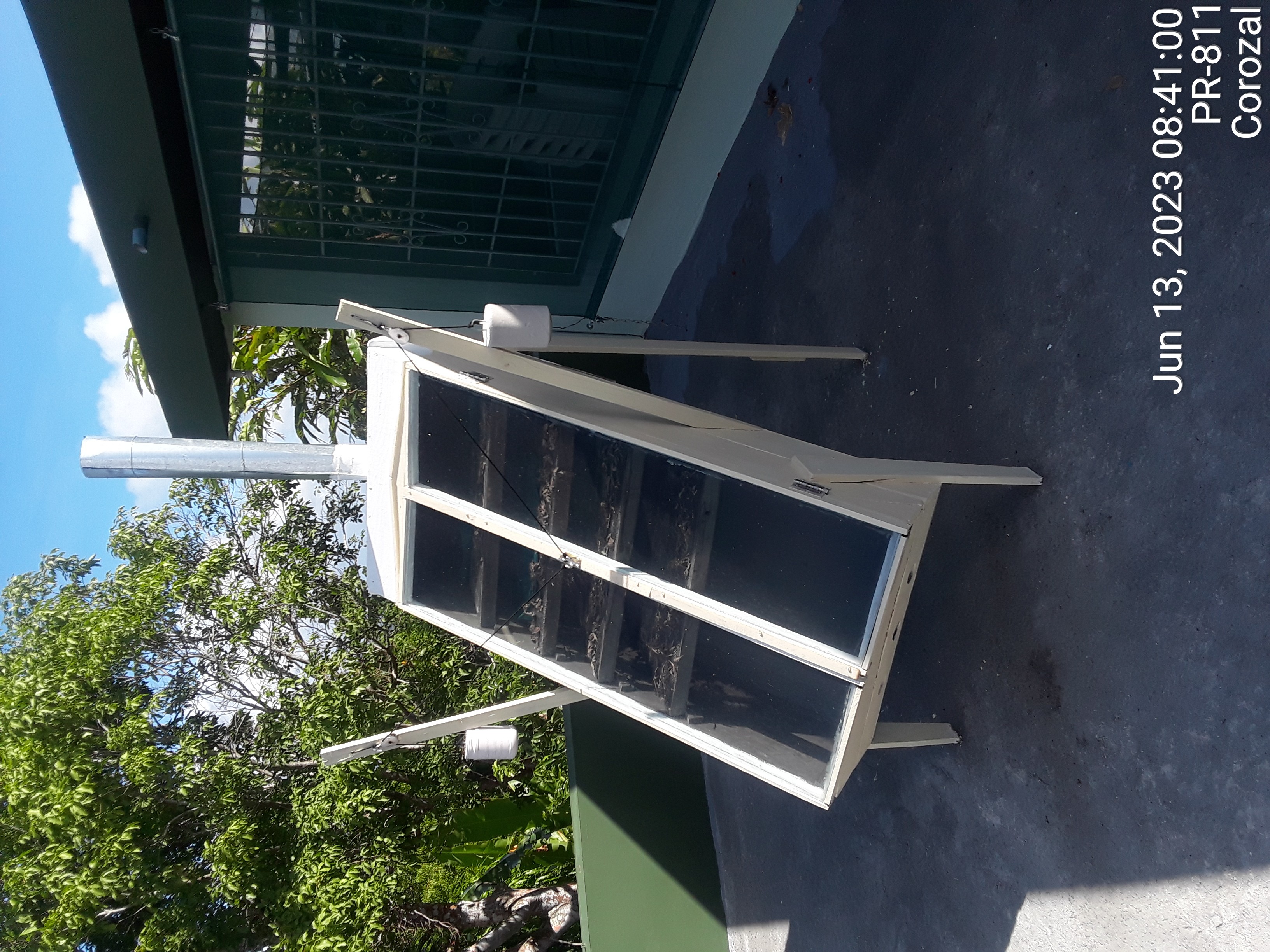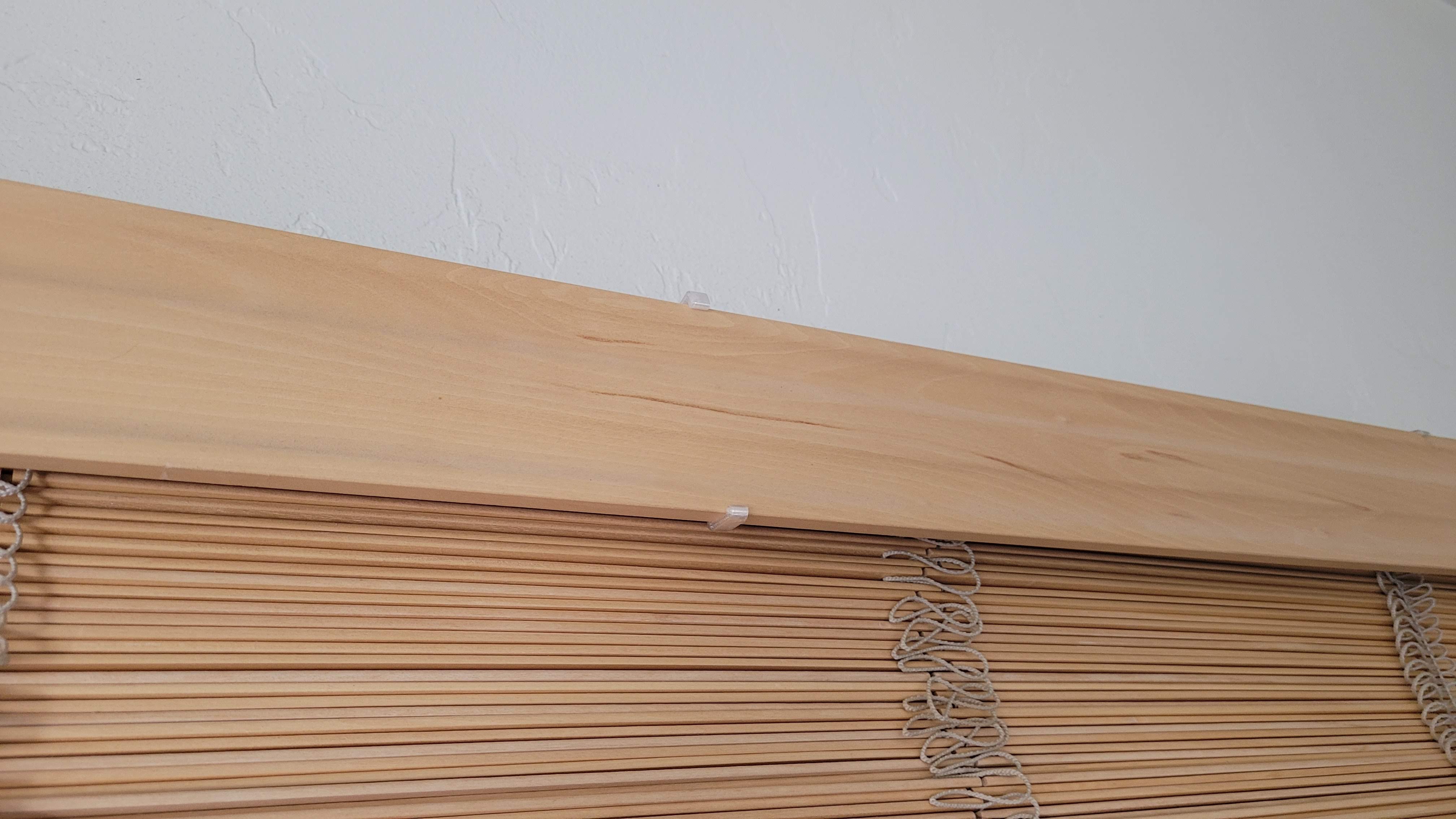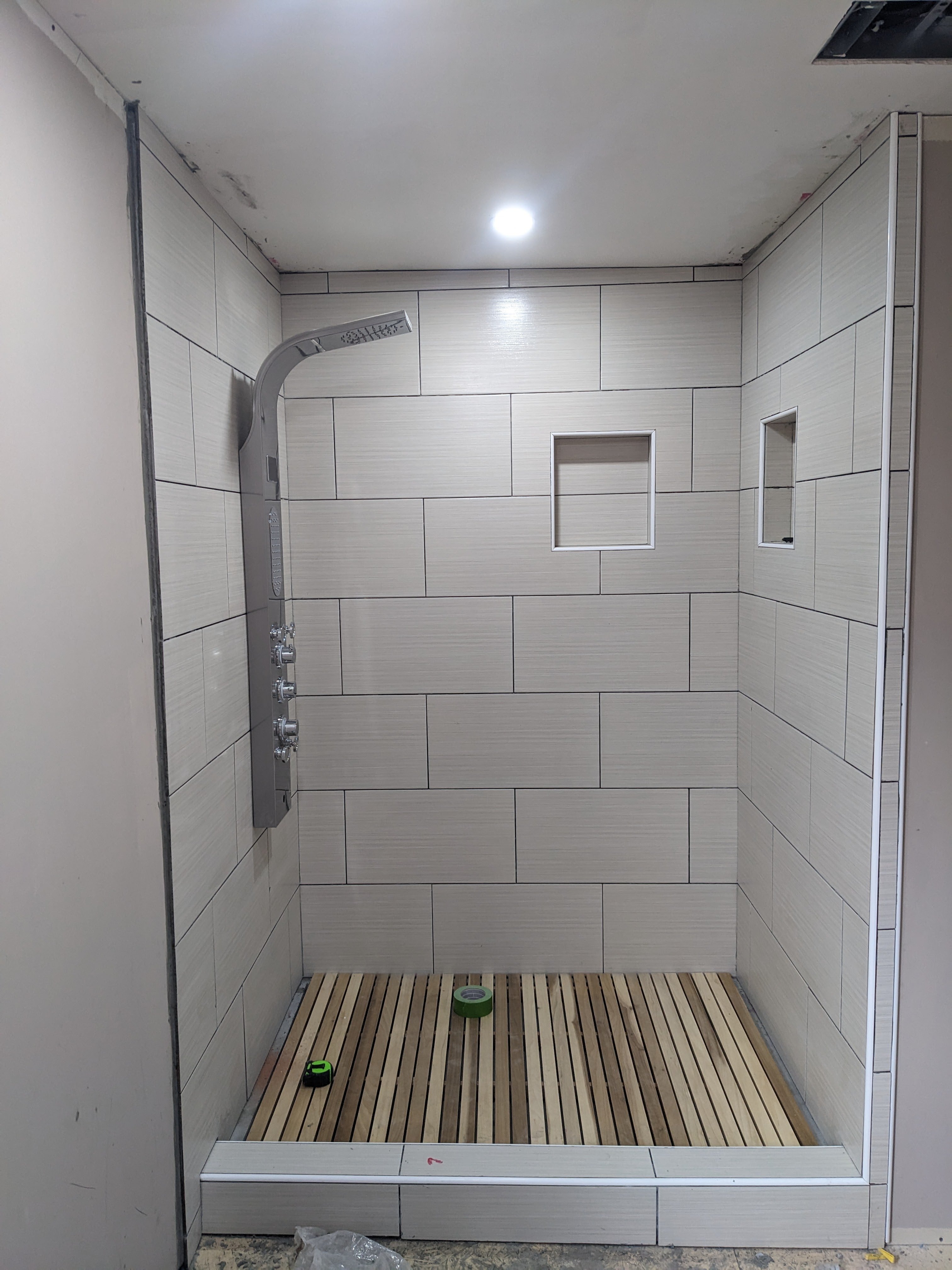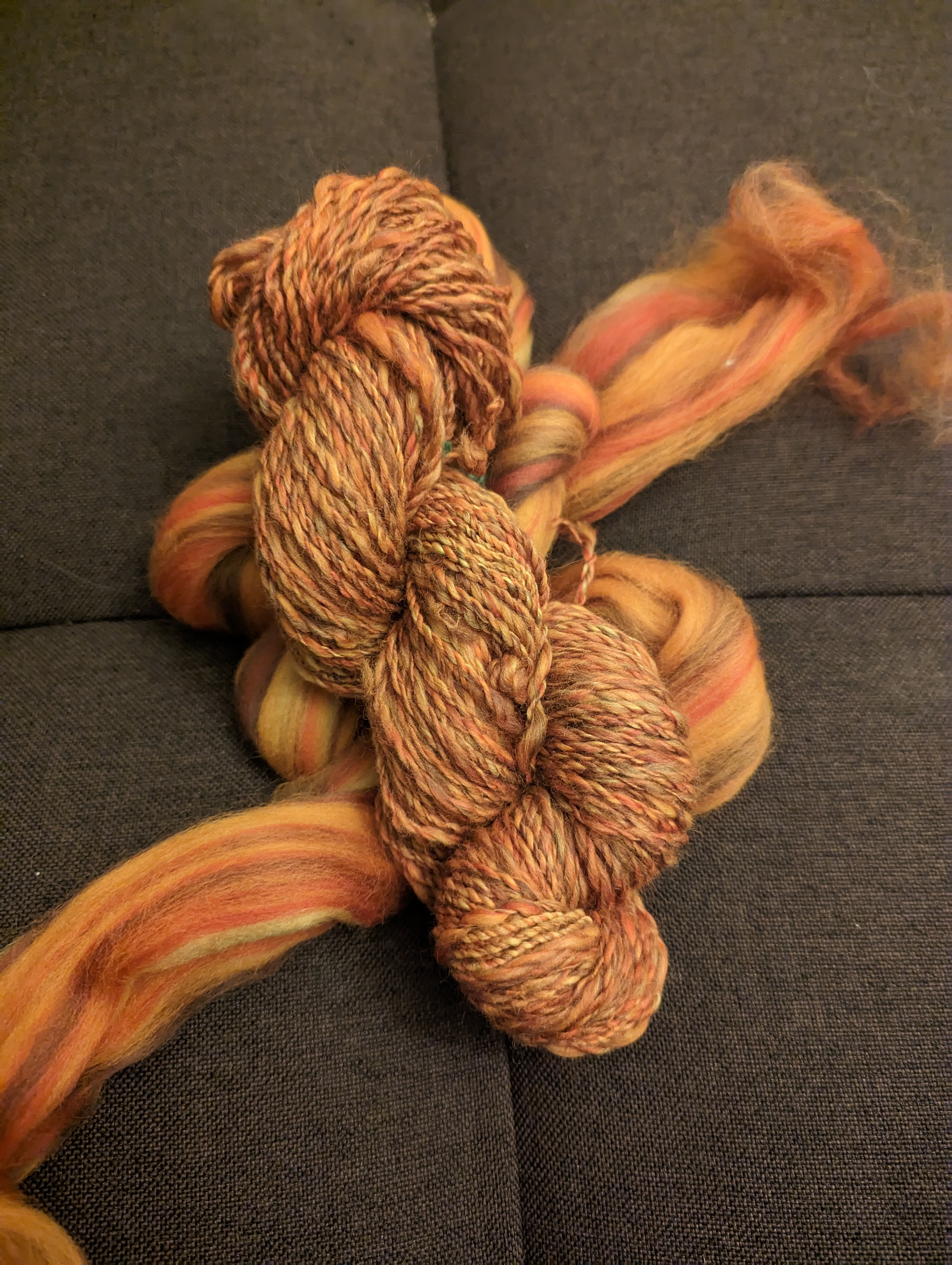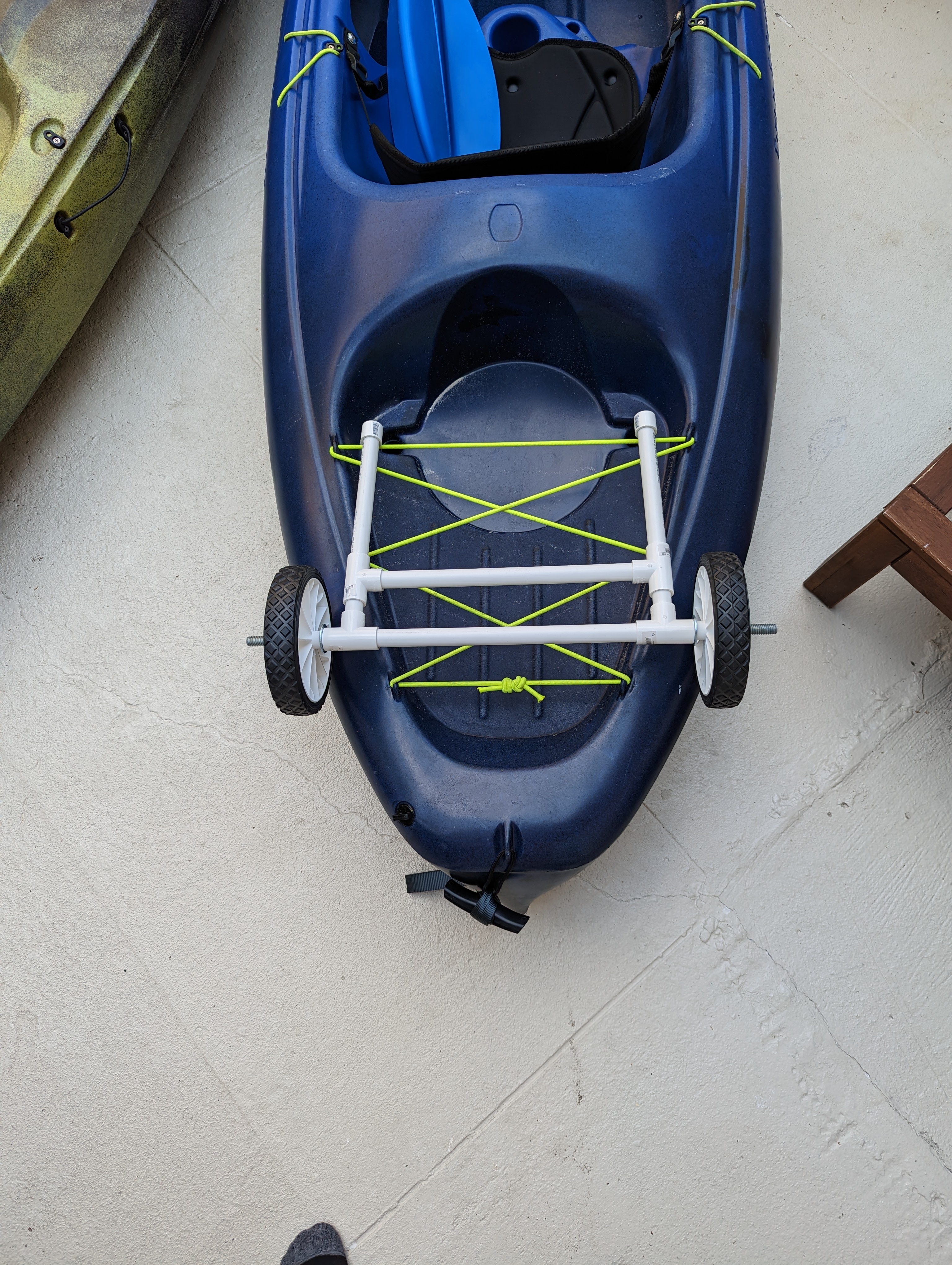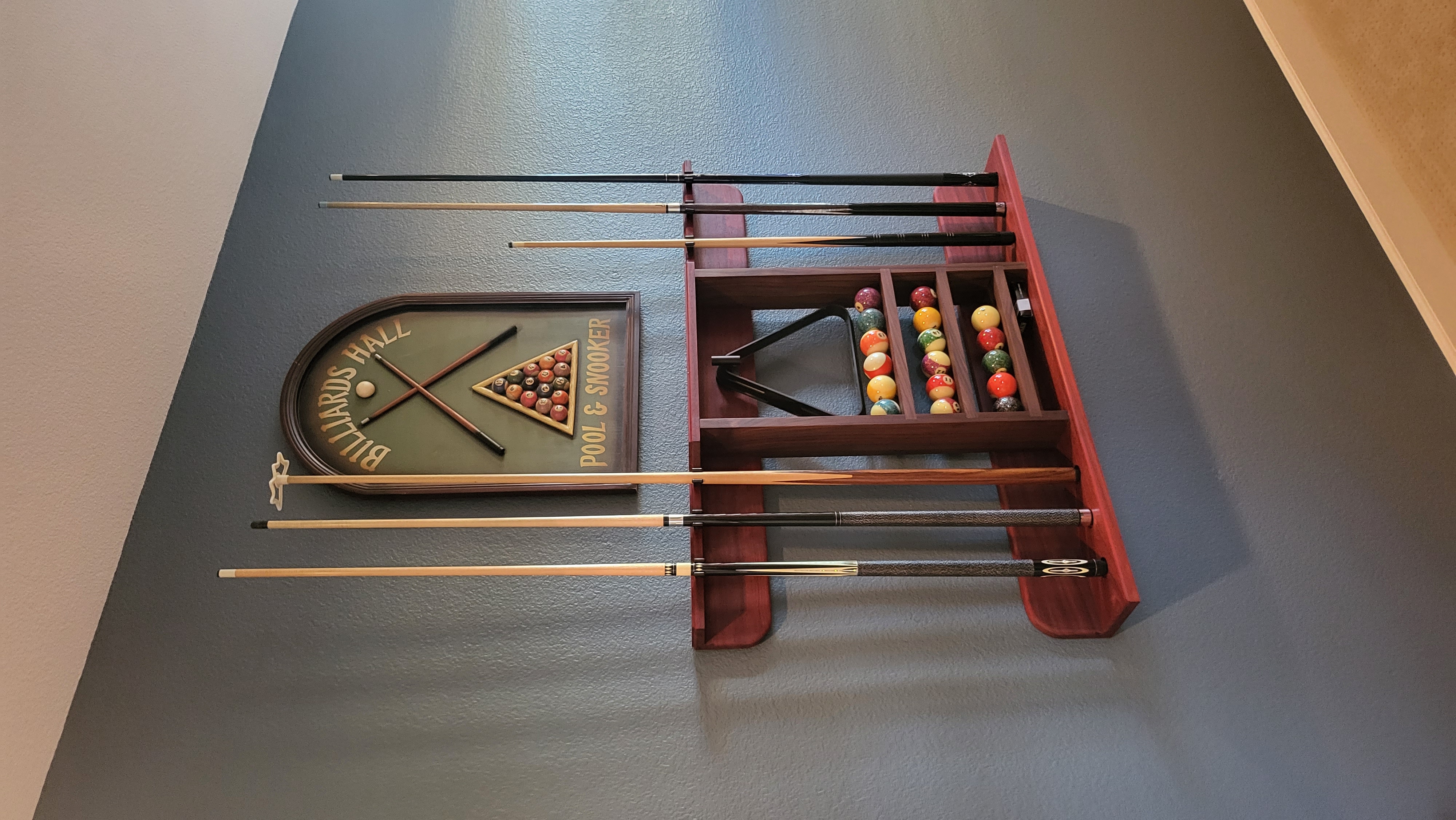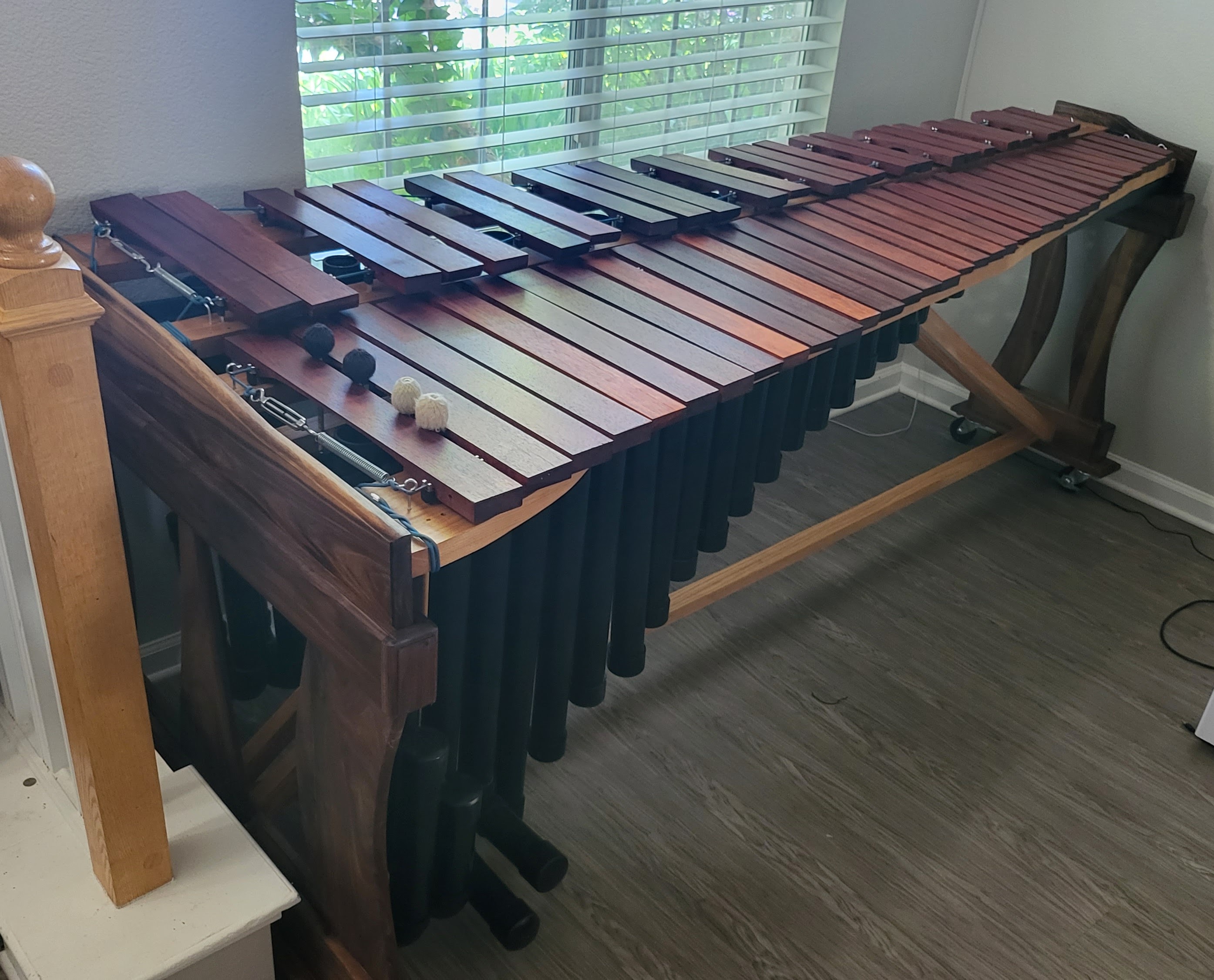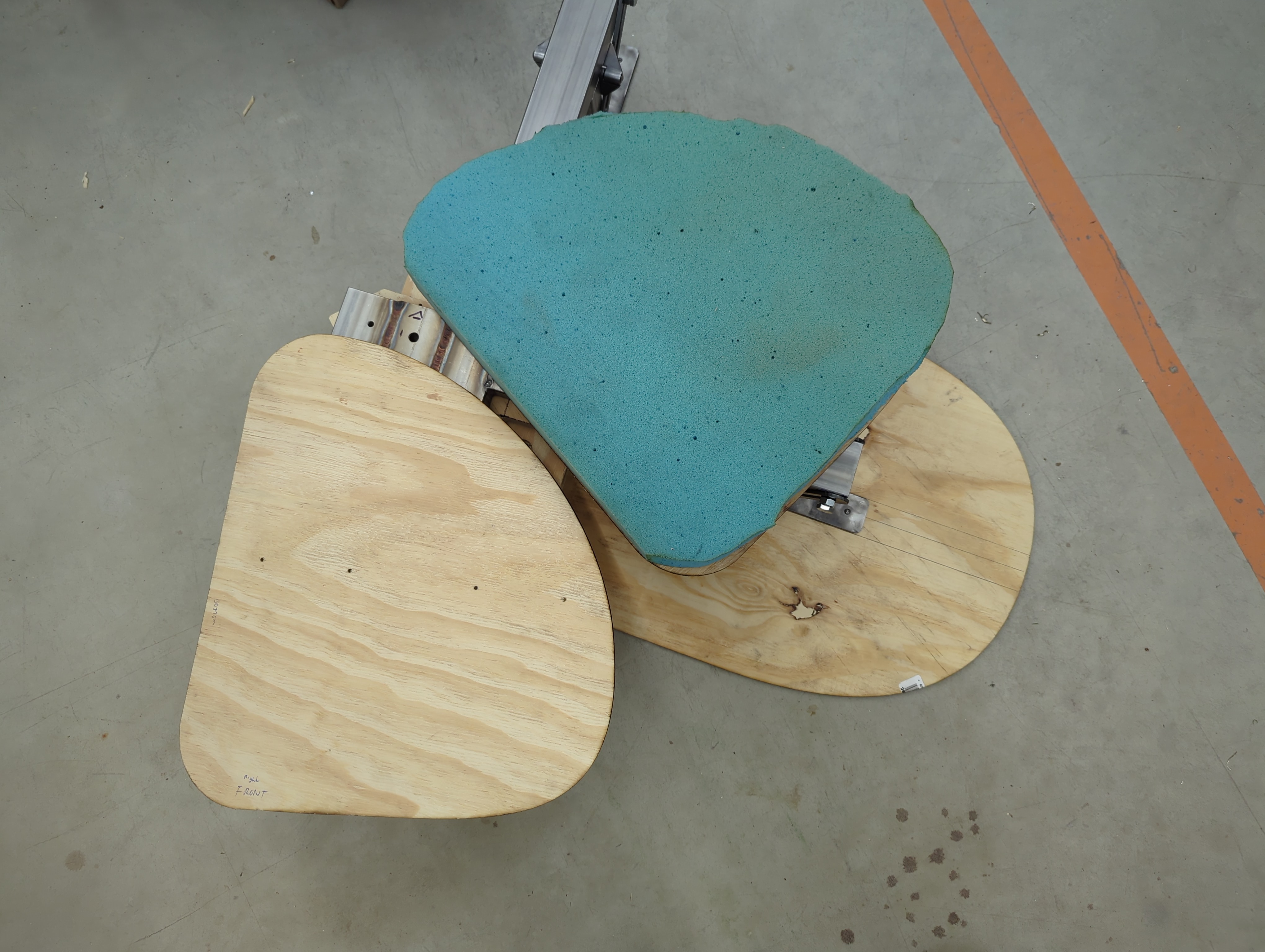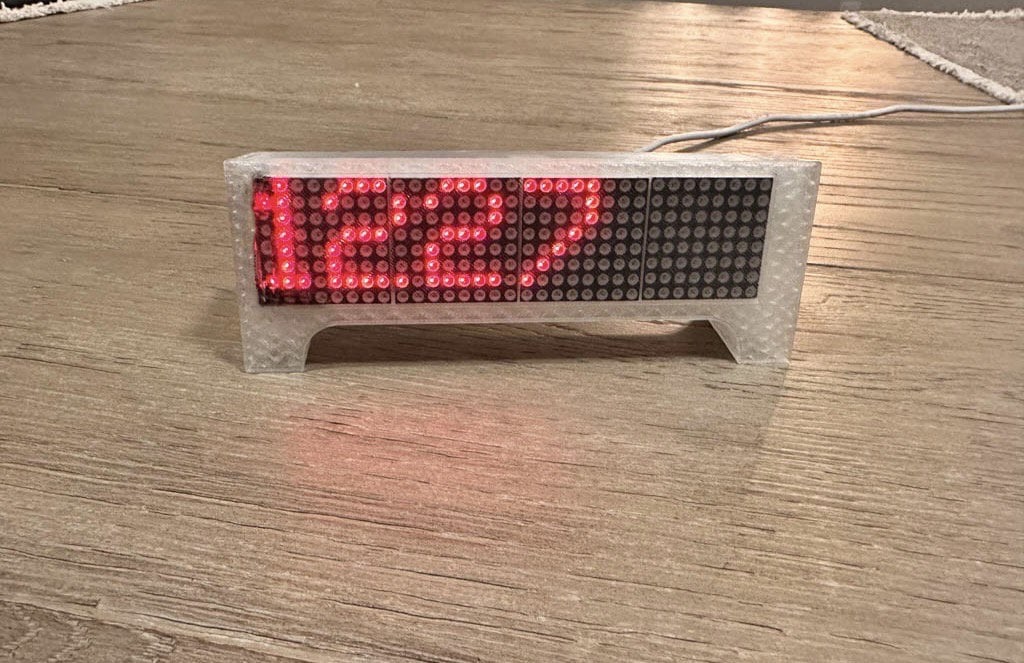The Bullet Journal method is a flexible and analog system on a paper notebook designed to help individuals organize their lives and track their tasks, goals, and habits. It involves using a simple system of bullet points, signifiers, and collections to log information, make plans, and reflect on progress.
For anyone interested, I recommend the 4 minute video that shows the simple setup in a random paper notebook (https://www.youtube.com/watch?v=fm15cmYU0IM), and then continue reading this post.
Many people turn their Bullet Journal into an artistic project, which in my opinion can lead to another distraction of getting things done. So this post is about the basic form of a Bullet Journal which is meant to help easing your mind and getting things done at the same time.
I created a summary of all actions that are part of the Bullet Journal Process. In brackets ( ) I put the bullet point symbol update for the particular process. Feel free to add something or correct me and I'll update the text.
Basic Concept
- Tools: paper notebook, pen.
- A list consisting of three types of bullet points: tasks
•, events o, notes -.
- List items can be nested.
- List items are separated by dates of when they came up, like a diary.
- At the end of the day: migrate current-month's events to the monthly calendar page.
- At the end of the month: cross-off completed tasks, strike-through obsolete tasks, migrate open tasks to a list of tasks for the next month, and events to a list of future months.
Setup
Per notebook:
- Index: pairs topics with page numbers; 1 or 2 page spreads
- Future Log: 12 to 24 months on 2 to 4 page spreads.
Per month:
- Monthly Log: on one page spread
- Monthly Calendar (left page)
- left side: list of days; separate each week with a horizontal line between the date numbers for easier read)
- right side: habit tracker; one column per habit,
• for each day habit is planned, but planning only for the current week, so it can be adjusted each week)
- middle section: each day's events, scheduled tasks; will also be filled with keywords as summary of the day; if using a notebook smaller than DIN A5, a spread of two pages is advised
- Monthly Task List (right page); tasks migrated from the previous month; many people separate personal and work tasks in two columns; if using a notebook smaller than DIN A5, a spread of two pages is advised
- Daily Log: list of tasks, events, and notes, separated by the short dates they come up
- Collections (mixed with Daily Log pages)
- Topic Collections: tasks/notes/events that share the same topic
- Tracker Collections: custom trackers, e.g. a sleep tracker
- …
Journaling vs. scheduling
In general, it's crucial to understand that the vanilla concept of the Bullet Journal focuses on journaling, on writing down what comes up, rather than defining exactly on which day to do it. In other words, the Bullet Journal is like a diary, and we write tasks, events and notes not onto the day when it should take place, but onto the day we become aware of that information. The only exception are dates that are dictated by external factors. That means we don't "invent" schedule or due dates for planning. This has many advantages. While it doesn't need much time to flip through pages to select a task from former Daily Log entries or the Monthly Log, it comes with a lot of benefits: It removes task management (copying). It shows you implicitly - without extra notes - how old a task is. It avoids scheduling and removes pressure. It shows the task in its context when it came up. It makes you re-evaluate on a daily basis what is really important, - priority changes over time. It makes you become aware of tasks that might have become relevant by now. It makes you conscious about the "why" of each task which is important for motivation when it comes to execution. It makes you feel like choosing a task rather than following a decision made earlier, which is also good for motivation.
During the day
- Writing:
- During the day, everything goes to the Daily Log that comes to your mind: tasks (
•as bullet point) no matter when to be done, events (o), either past ones of today or future ones with date/time information, notes (-). (To distinguish future events easily from logged past events during migration, for future events I personally use a custom bullet point ⊙, which is an event circle with a task dot inside.)
- Use keywords rather than full sentences. You can nest items, e.g. write notes or tasks nested under a task or an event, or nested notes.
- To highlight very important tasks, the signifier
* can be written infront of the bullet point.
- Having a flexible layout on a blank page rather than a calendar-like grid layout has the advantage of providing as much space as you need on busy days, and not creating white space on quiet days.
- If there are many items that share the same topic (Todos for a task, notes for a book, a tracker, ect.) create a collection on the next free page spread, and try to choose a subject that can be finished within one or two months due to the aforementioned migration reasons. If the overall task is too big to fit within the current month, add a small collection, and in addition add a reminder task to further expand the project with a separate collection in the next month. The index and threading will link them together under one major topic.
- Finding and doing:
- To find tasks to be done, scan through the Monthly Log and all past Daily Log entries of the current month and pick a task.
- When a task is done, change it's bullet point to
x.
- If in addition to marking a task as "done" you want to log that activity for the current day, create an extra event entry in today's Daily Log or the corresponding collection. This way you can also add notes as nested list items.
- To find scheduled events for the current day, check the Monthly Calendar.
Evening
- The evening, during PM reflection, future events (
o, alternatively custom ⊙) taking place after the current month remain untouched in the Daily Log; we'll take care of them in the monthly migration.
- Future events taking place the current month get migrated from the Daily Log to the Monthly Calendar. (I personally mark the current-month events as migrated with a custom bullet point
^ to tell them apart from still-to-be-migrated events during monthly migration.)
- It's recommended to write a few keywords of major events that happened the day to the Monthly Calendar, which will give you a nice timeline later.
- Cross off habit tracker items in the Monthly Calendar, if you have set up one.
- Don't migrate tasks (
•), especially not to the next day. You might want to make an exception though for a maximum of three tasks as priorities of the next day, if you want to make sure you won't miss them (change original bullet point to v, a suggested custom symbol for inter-month migration). I recommend not migrating those three most important tasks for the next day, but creating an extra 1-minute-starter To-Do for each of those bigger tasks for the purpose of getting started. This is a method scientifically proven to work overcoming procrastination, as it reduces the entrance barrier by shrinking the activity to a level that it would be "ridiculous not to do it".
End of the month
- At the end of the month, during monthly migration, migrate events (
o, alternatively custom ⊙) from the Daily Log to the new Monthly Calendar, and events more in the future to the Future Log.
- Strike through tasks (
•) from the Monthly Log and the Daily Log that are not worth migrating to the new month. Migrate still relevant tasks to the new Monthly Log (change original bullet point to >). Tasks that can not be started due to external factors (no personal planning, e.g. a rent payment) are getting migrated to the Future Log (change original bullet point to <).
- You can migrate collections the same way, but you don't have to.
- If you feel there are too many tasks to migrate, strike more of them through: What is not worth the few seconds of being re-written, is probably not worth to be done. To make this important process easier, remember they are still on record so you could theoretically pick up those struck-through tasks in the future, even though this is not part of the concept.
End of the year
The end of the year, the annual migration is basically just a new month. You might want to start a new notebook though.
New notebook
To start a new notebook, create a new Index and Future Log, migrate the Future Log, and do everything of a monthly migration.
